

Leave the Rook Islands behind and get your mountain-climbing gear on, because Ubisoft Montreal’s much anticipated followup Far Cry 4 whisks players away to Kyrat, a transparently fictionalized version of Nepal and the native country of protagonist Ajay Ghale, who makes the long journey from America to scatter his mother’s ashes at a mysterious place called Lakshmana.
Kyrat is caught in a three-way civil war between despotic self-appointed King Pagan Min’s Royal Army, rebel faction the Golden Path, and nature. The Royal Army hate the Golden Path, the Golden Path hate the Royal Army, and nature hates everyone and everything in the entire world, including itself. Roaming the hills of Kyrat, the player is more likely to be attacked by the country’s abundant wild dog population than by anyone in a uniform.
It’s impressive that the Golden Path and the Royal Army have any spare time to worry about fighting each other when at any moment one of Kyrat’s astonishingly aggressive eagles might drop out of the sky and claw their eyes out with its talons, apparently just for fun, and Ajay is equally at risk. Flee from the eagle into a nearby river and a hungry demon fish is waiting for some toes to nibble on. If the player drags their shivering, wounded body onto the river bank, they’ll meet an angry bear that’s overly keen to protect its territory.
While this is happening, a royal cargo truck is trundling up the road, inviting the player to either commandeer it along with its contents or simply blow it up to sabotage the enemy’s efforts. A few hundred meters away a liberated outpost is under attack. Upon defending the outpost the player is invited to take on an assassination mission, or perhaps go hunting for a rare animal, or take a hallucinogenic trip to Shangri-la through the discovery of an ancient thangka.
In case all that didn’t give it away, Far Cry 4 is overflowing with enough side quests and emergent gameplay to keep the player distracted from the main story campaign for hours. While this can be overwhelming or even wearying in some games, the opportunities for new quests and battles never feel like a chore and it’s easy to bounce around from one to the next without even pausing for breath. The traversal of Far Cry 4‘s vast map can’t really be described as travelling; a more apt verb would be “adventuring,” and those with a poor attention span may find themselves being drawn into a dozen different activities before they reach their original destination.
Far Cry 4‘s gameplay is difficult to review, since anyone’s who’s played Far Cry 3 will already be familiar with it. There’s no getting around the fact that Far Cry 4 reuses a lot of assets from the previous game in the series: the Kyrati people are reskinned versions of the Rakyat, the Royal Army are reskinned versions of Vaas’ pirates and Hoyt’s mercenaries, and Ajay Ghale is a reskinned Jason Brody with virtually all of the same animations.
Ordinarily the reuse of assets to this extent would be a black mark in Far Cry 4‘s book, but it’s difficult to argue that it’s a bad game because of its similarity to Far Cry 3. For starters, Far Cry 3‘s gameplay was extremely good, and it’s a downright pleasure to have more of it in a new setting. The combat is diverse, tense and exciting, the stealth is finely tuned, the enemy AI is a true challenge to go up against and seems to have been improved since Far Cry 3; for example, alerted enemies will now go hunting in the general direction of even a silenced shot, so it’s no longer possible to simply camp out on a hillside and snipe everyone in an outpost.
The fact that the gameplay feels largely untouched doesn’t seem to be symptomatic of laziness. Rather, it feels like it was left alone so that the development team could concentrate on building Kyrat and filling it with as much content and depth as possible. Exploration is arguably an even bigger game mechanic than shooting, and that requires a world that’s worth exploring, and which rewards exploration. Whether Ajay is climbing down a well to find a demon mask left on a corpse as a calling card by Kyrat’s resident serial killer, or scaling the side of a cliff in search of one of his father’s journal entries, there is always a reward waiting – whether it’s rupees and loot or just more flavor text.
Weapon types are largely unchanged, with the most notable addition being an auto-crossbow that’s well worth unlocking for its devastating accuracy and retrievable ammo. The player can also jump on the back of an elephant and use its fearsome tusks to toss cars and one-hit kill enemies, though the clumsiness of the elephant-riding controls means that in most cases it’s easier to just use traditional weapons.
Where Far Cry 4 really excels compared to its predecessor is its story and characters, but these are not without their flaws. Despite being heavily featured in the marketing, Pagan Min is barely in Far Cry 4 at all. He shows up in the opening cutscene, quickly exits the room and doesn’t return for another 15-20 hours. The only reminder of his presence are the occasional calls that he makes to Ajay on his phone to casually snark at him. Pagan is in a total of maybe three or four scenes in the entire game, and while Troy Baker’s performance helps bring the character to life, the lack of screen time leaves him with little more depth than a cartoon villain.
It’s Ajay himself who takes away the biggest achievement award, however, for managing to somehow be even more bland and two-dimensional than Jason Brody. Jason at least seemed invested in the quest to find his friends, but Ajay gives the impression of having wandered into Kyrat to scatter his mother’s ashes because there was nothing good on TV. Similarly he accepts quests from the Golden Path with acquiescences like “Sure” and “I guess.” If the intent was to make his personality a blank slate for the player to project onto then Ubisoft Montreal can consider him a success, but it’s at the expense of leaving his character hugely underwritten.
So, if the main character and the main antagonist are both a bust, where does the praise for Far Cry 4‘s story and characters come from? Essentially, from everything else. The main story campaign is framed by an ongoing rivalry between the two leaders of the Golden Path, Amita and Sabal, whose warring demands make for a truly thought-provoking moral choice system that is easily the best new addition that Far Cry 4 brings to the table.
Sabal is a traditionalist who wants to rid Kyrat of its thriving drug trade, restore the religious freedoms that Pagan has stripped away and above all protect the lives and interests of his country’s people. Amita is less in love with Kyrat’s traditions since they include arranged marriages between little girls and grown men, and believes that Pagan’s opium fields are a valuable resource that could be put to good use by the Golden Path. It will take at least two playthroughs to discover all the possible consequences of in-game decisions, but the moral dilemmas presented are so tricky that the player will likely never feel entirely at peace with what they have done.
The rest of the characters in the game – God-obsessed arms dealer Longinus, stoner buddies Yogi and Reggie, Pagan Min’s three lieutenants and side characters like fashion designer Mumu Chiffon and radio DJ Rabi Ray Rana – have a plentiful share of funny dialogue and interesting backstories, though there’s rarely overlap between the two. Some characters add emotional weight while others are pure comic relief, but altogether they make for a colorful and memorable cast.
The multiplayer mode has been improved since Far Cry 3, but there’s still a sense of it having been tacked on to meet some kind of AAA game checklist. Teams take turns to fight as either the Golden Path or the Rakshasa, two factions with different strengths and weaknesses. The Rakshasa have the useful ability to turn invisible while crouched and can control the roaming wild animals, but are limited to using bows, while the Golden Path have access to a range of weapons and vehicles but find it a lot more difficult to hide from the enemy.
Far Cry 4‘s co-op essentially consists of inviting a friend (the host will always be Ajay, the guest will always be Hurk) to help them take on fortresses, outposts, propaganda centers and any of the other sidequests, though story campaigns are locked off in co-op. There are no dedicated co-op missions which means that there’s not a whole lot of substance to this game mode, but it’s always nice to have someone watching your back for attacking wolves, especially in the open-world setting.
The bottom line is that, despite its reused assets and its notable flaws, Far Cry 4 is a hugely entertaining and addictive experience. It’s a “just one more” kind of game that’s constantly persuading the player to complete just one more story mission, or grab just one more collectible, or save just one more group of rebels until another five hours have passed by unnoticed. Getting to 100% completion will take around 40-50 hours and even after that there are still hours of gameplay left in the multiplayer, the co-op, or simply by replaying the game to see different outcomes.
In terms of bang for your buck, Far Cry 4 is hard to beat. Call it a massive, glorified expansion pack if you will, but don’t miss the opportunity to get lost in Kyrat.
Far Cry 4 is available now on PC, PS3, PS4, Xbox One and Xbox 360. This review is based on the PC version.
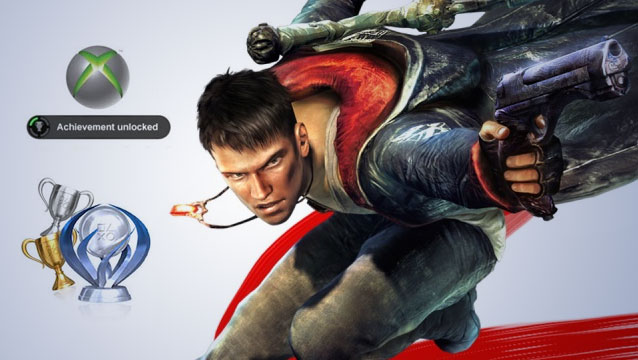

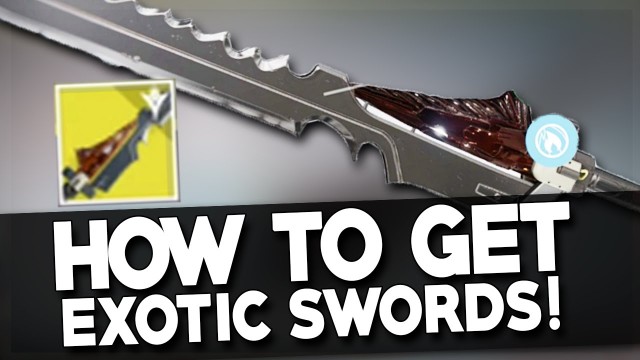
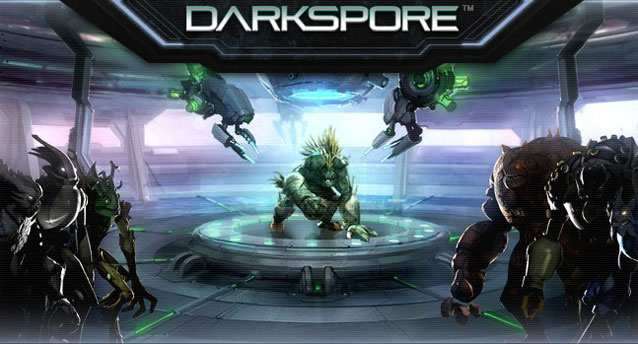
 Most Popular Firefox Add-ons and Posts of 2015
Most Popular Firefox Add-ons and Posts of 2015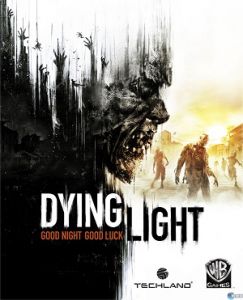 How to get Dying Light Italian Plumber Trophy / Achievement
How to get Dying Light Italian Plumber Trophy / Achievement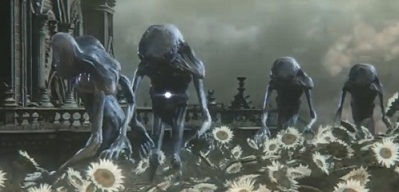 Living Failures Boss guide - Bloodborne The Old Hunters
Living Failures Boss guide - Bloodborne The Old Hunters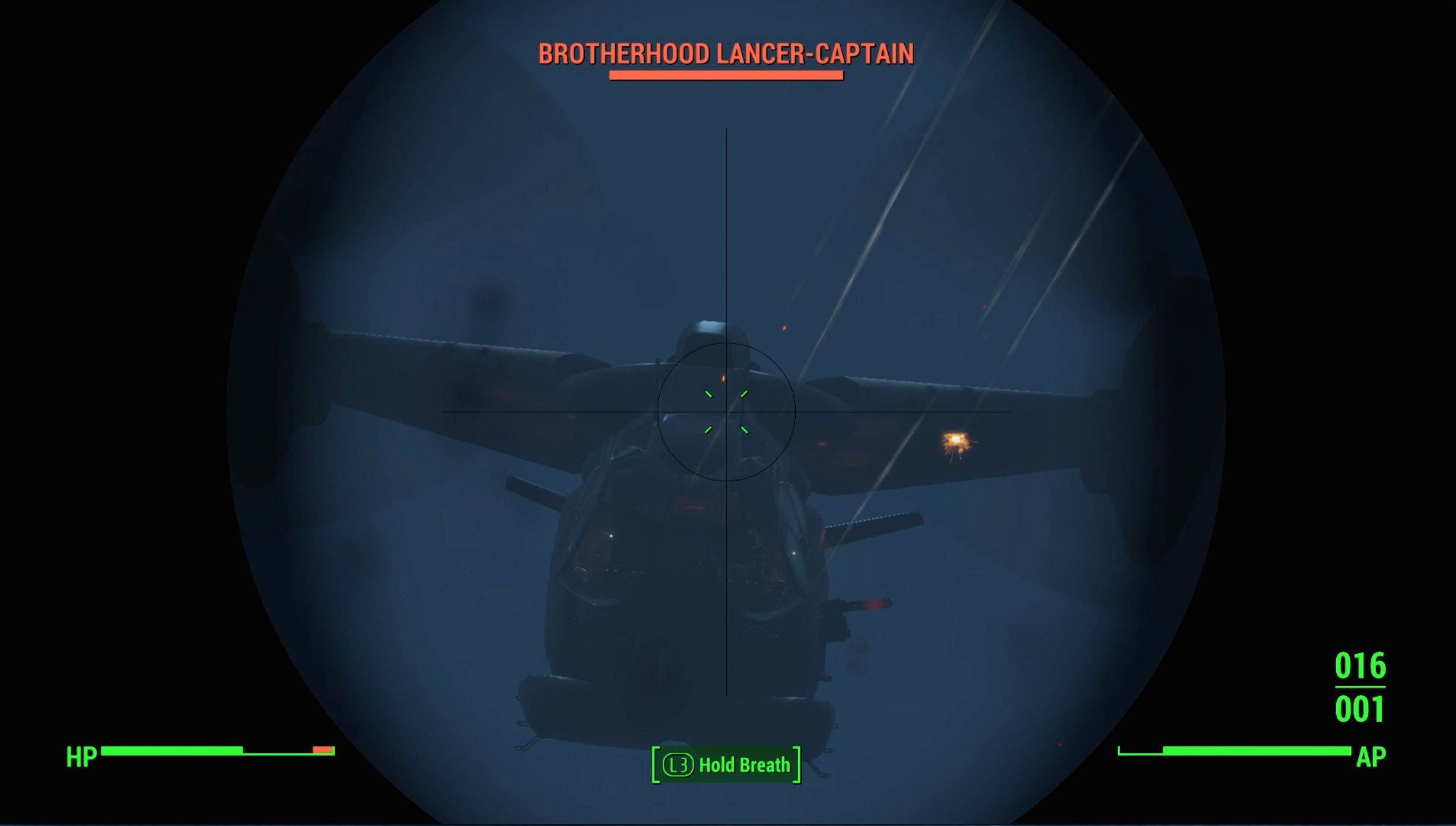 Fallout 4: High Ground walkthrough
Fallout 4: High Ground walkthrough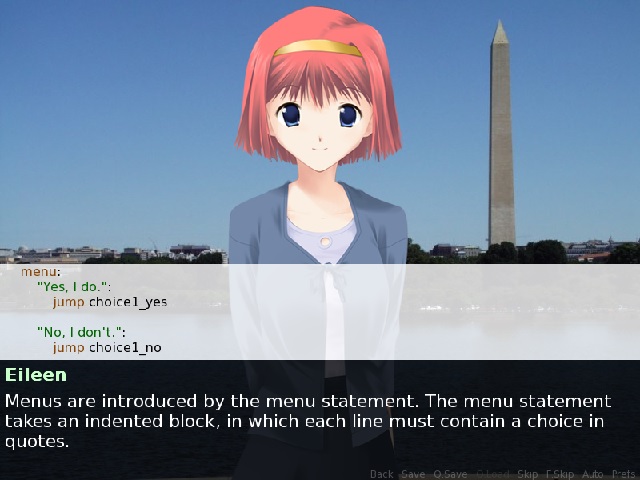 Learn To Make Your Own Visual Novels With Ren'Py, Or Play One Of These
Learn To Make Your Own Visual Novels With Ren'Py, Or Play One Of These